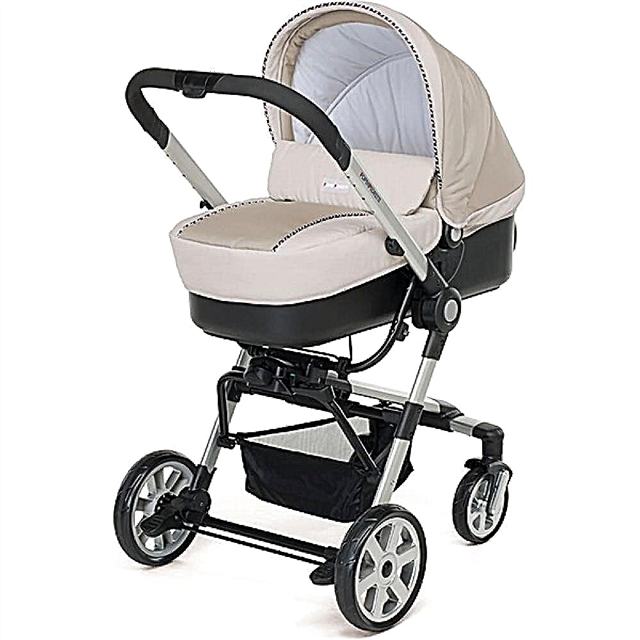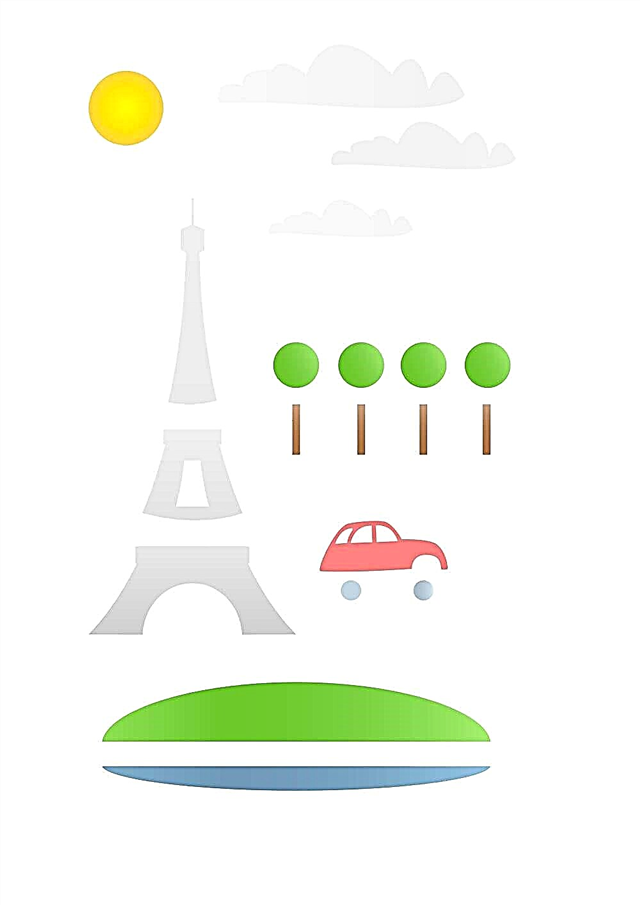A bacterial lesion of the skin of a child, leading to the appearance of ulcers, is called streptoderma. It is necessary to treat the disease when the first symptoms appear, otherwise there is a possibility of its transition to a chronic form.

Child
Skin ulcer
The sores on the baby's body are blisters, usually round in shape. Their sizes differ, they depend on the severity of the disease and the place of occurrence. Stand alone or present as a small rash.
Note! The inside of the ulcers contains a light, but slightly cloudy liquid. They can itch, which cause severe discomfort to the little patient.
Purulent blisters appear as a result of the activity of streptococci. These are representatives of conditionally pathogenic microflora, always living on the skin and in the body. Under the influence of certain factors, they begin to multiply, which leads to a number of diseases that can only be cured with medication.
Childhood diseases with rashes
Sores can appear in a child on the face, body, limbs. Depending on the areas of the skin that streptococci affect, there are various forms of the disease:
- Diaper rash, characteristic of children in the first year of life. Sores are found in the skin folds, merge, expanding. When they open, the skin becomes wet;
- Felon. This is an inflammation of the skin in the area of the nail. Begins in children gnawing fingers. Through the cracks that appear, the infection spreads, causing suppuration;
- A jam is formed when the body lacks vitamin B. It is noticeable in the corner of the mouth, the baby has difficulty opening it. There is minor damage, bleeding and crusting;
- Dry streptoderma concentrates on the face, sometimes the rash spreads throughout the child's body. The spots can be irregular, they are pink or red, they have a flaky surface, they never get wet;
- Ecthyma is vulgar. The lesion extends to the deep layers of the skin. Ulcers are located on the legs of the child, mostly on the buttocks;
- Impetigo. Sores appear on the child's face, they can be observed in the nasal passages, as well as on the hands and feet. Dense bubbles with cloudy contents burst, after which a crust forms. Then the sores in the child turn into pinkish spots. They pass on their own over time.

Impetigo
Bubbles on the skin are formed in diseases that are not related to streptococci:
- Chickenpox. The rash quickly spreads throughout the body, which makes it possible to diagnose a common childhood illness;
- Herpes. Localized on the lips. Differs in the presence of itching even before the appearance of the rash. The skin at the sites of ulcers has no damage, which is uncharacteristic for streptoderma;
- Candidiasis. Thrush is characterized by the formation of ulcers on the oral mucosa. Cracks can appear in the corners of the lips;
- Allergy. In infants, clear sores usually occur as a reaction to the sun;
- Lichen. Fungal disease usually causes contact with stray animals. Especially dangerous are cats and dogs with bald spots on their fur. Lichen spots are peeling, have clear boundaries. Bubbles, scales, crusts can form on their surface.
Signs of streptoderma in children
Ulcers on the body of a child, appearing due to the activity of streptococci, are accompanied by a number of symptoms that distinguish them from the manifestations of other diseases. Timely diagnosis will allow you to quickly cure a small patient, avoiding complications.
Symptoms and forms of the disease
Streptoderma is localized in different parts of the body, it can concentrate on the face or capture the limbs. The forms of the disease differ in the degree of damage, spread to the upper layer of the skin or penetrate deep into the epidermis, making treatment difficult.
Streptoderma can be identified by the following features:
- Slight increase in temperature;
- Symptoms of intoxication of the body, sick appearance, drowsiness, irritability;
- Enlargement and soreness of the lymph nodes located next to the affected area;
- Itching;
- Peeling at the sites of ulceration;
- Crusts covering areas of cracks, scratches;
- Temporary pigmentation after the opening of the pustules and the disappearance of sores on the child's body.

Crusts with streptoderma
How does infection occur
The disease is transmitted in several ways:
- Household. When children use one towel, toys are exchanged;
- Airborne droplets. Distribution occurs when coughing, sneezing;
- Contact if a sick person touches the skin of a healthy person. You can get infected when swimming in a pool, reservoirs, in particular, on a river or sea.
Remember! Contact with water in a patient with streptoderma should be minimized.
Streptococcus bacteria can be on the baby's skin, but their activity is provoked by factors:
- Cuts, cracks and other damage to the skin;
- Weak immunity;
- Hypothermia or overheating;
- Endocrine system diseases;
- Other dermatological problems;
- Stress;
- Ignoring the rules of hygiene.
Note! People who are carriers of dangerous bacteria pose a great threat. They don't necessarily have skin problems. Streptococci are also causative agents of tonsillitis, scarlet fever, bronchitis.
Complications
If you do not cope with the disease in time, it can turn into a chronic one. Then the ulcers will merge, capturing other areas of the skin. It will begin to die off, flake off. New rashes may not appear during remission, but peeling will still remain.
Streptoderma can cause other complications:
- Purulent otitis media;
- Sepsis;
- Rheumatism;
- Kidney pathology;
- Microbial eczema;
- Psoriasis;
- The formation of boils;
- Myocarditis;
- Scarlet fever.
Such manifestations usually affect immunocompromised children with a history of serious chronic diseases. Babies up to one year old are at risk, their defenses are still very weak.
Therapy for children under one year old
Babies are usually advised to treat ulcers in the following ways:
- Treat with antiseptic agents, for example, furacilin solution;
- Give allergy medications. They will relieve itching and swelling;
- Use antibacterial ointments. They are prescribed by a dermatologist after examination. It is recommended to smear sores on the hands and body of a child with creams and pastes containing zinc. This will dry out wet skin.
Note! For severe lesions, oral antibiotics are recommended. Treatment cannot be ignored if the sores on the face or body of the child do not heal. In this case, there is a risk of complications.
Komarovsky's opinion
Children's doctor Komarovsky emphasizes that the basis of treatment is antibacterial therapy. Hygiene rules should not be ignored by treating blisters and the skin around them to stop the spread of the disease. Without antibiotics, it will not be completely cured.
Hygiene and prevention
In order to prevent the appearance of ulcerative rashes on the child's body, you need to adhere to the recommendations:
- Strengthen immunity. Spend time in the fresh air, monitor nutrition, daily routine;
- Train your baby to use his own towel and other personal belongings;
- Treat any wounds and scratches with antiseptics;
- Observe the rules of hygiene. Wash your hands before eating and after outside, but don't do it too often.

Compulsory hygiene
Skin rashes have been observed in every child at least once in their life. When streptococci become their cause, antibiotic therapy is required. Without proper care, getting rid of the disease will not work. The main rule is not to wet the affected skin.



